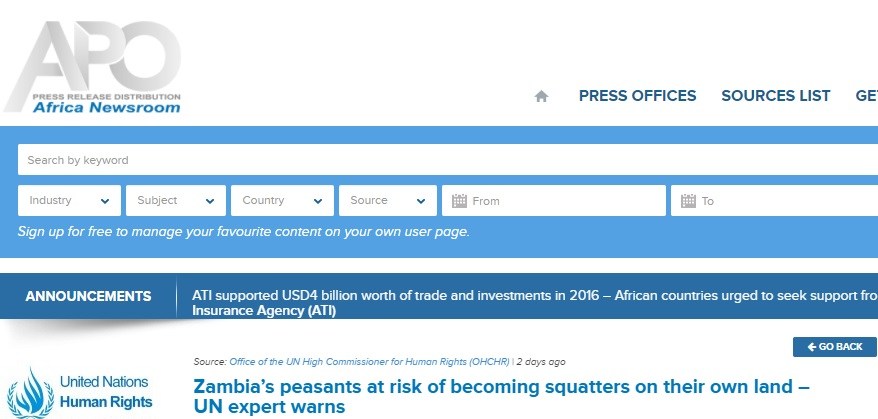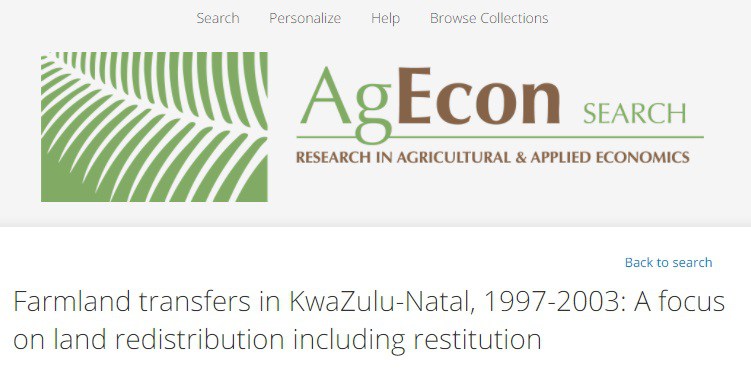Extension of Security Tenure Amendment Bill [B24-2015]: briefing by Department of Rural Development and Land Reform
The Deputy Minister of the Department of Rural Development and Land Reform (DRDLR), addressed the Committee on the motivation for the amendments to the Extension of security of tenure (land) Amendment Bill, saying the fundamental resolve was to overcome decades of hardship in South Africa. Its redress was not about obsolete political stories, but about the creation of just opportunities.






